As school shootings continue to rise, elevating safety and security is a critical priority for school districts across the nation. This trend has put operations and facilities leaders at the forefront of innovating ways to secure schools without compromising the learning environment.
At the K12 Facilities Forum, John McDonald, Co-Founder & COO at The Council for School Safety Leadership; Mike Eaton, Chief Operations & Building Security Officer at San Antonio ISD; Leroy San Miguel, Assistant Superintendent, Facilities & Operations at Northside ISD; and Joseph Sanches, COO at Palm Beach County Public Schools, provided a comprehensive overview of the current state of school safety, while offering glimpses into what technology and operational innovations are on the horizon.
The panelists noted how perceptions around specific security measures have shifted. As Sanches said, years ago, districts that installed metal detectors made some anxious. Now, metal detectors are seen as proactive and responsible. This reveals an understanding that some security steps, while perhaps inconvenient, are necessary.
"We have to ensure the safety of our students, but we don't want our schools to look like prisons," he said.
While it’s no easy task, facilities leaders must balance security needs with maintaining an open environment conducive to learning.
Sanches mentioned that while the use of visible security solutions, such as no-climb fencing, is justified in certain situations, it is crucial to integrate security enhancements in a manner that minimizes their visibility. For instance, a badge equipped with a button, which, upon being pressed, can alert district authorities to an emergency or dial 911.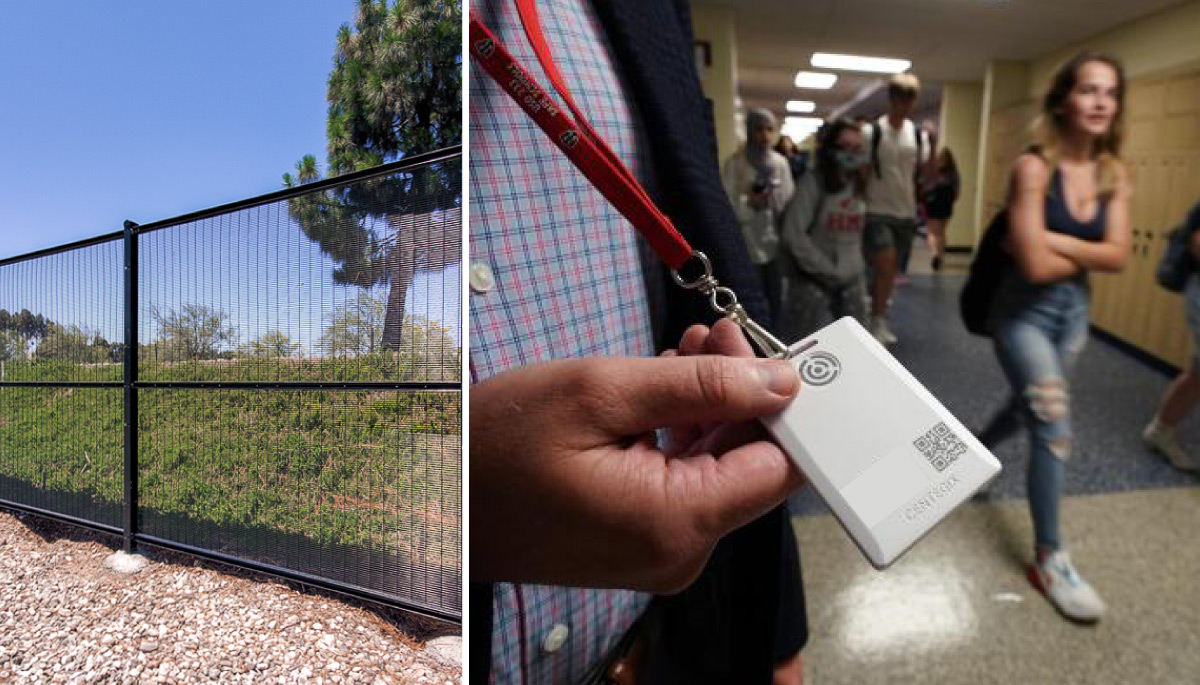
“An all-inclusive safety plan is what you’re looking for,” Eaton said. “That isn’t just your perimeter security; it’s also your culture and how you’re training your staff and students.
“The majority of school shootings are perpetrated by insider threats (students) but occur outside the school. So as much as you try to harden your facilities, you also have those other dynamics at play that you must consider.”
San Miguel agreed: “Security is everybody's business - period, across the board. Whether it’s children who are there every single day, a teacher, a parent or a community member, we all have a part to play.”
Maintenance and Mandates
Facilities leaders also face challenges maintaining security infrastructure within limited budgets. Eaton said his district’s approach is "prioritization and efficiency," treating elements like locks and doors as critical components in ensuring threats are kept away from students. But with thousands of access points to maintain, strategic project prioritization and adequate inventory is vital.
Sanches has seven maintenance workers who can fix door and window locks, but with 30 million square feet of total building space in his district, it’s not enough manpower. Like Eaton, Sanches said preventative maintenance and ensuring there is enough inventory to respond quickly to maintenance needs are critical to fixing issues even in the face of staffing shortages.
A few years ago, San Miguel’s district did a complete inventory of all the doors in its buildings—the total number: 29,754.
“I had no idea there were that many,” he said. “Whatever you do to fortify a campus, it will never be enough. What you’re looking for is buying some time. Window film will not stop a bullet, but it’ll keep the glass from shattering.”
State mandates pose another hurdle, sometimes requiring impractical changes. San Miguel said navigating mandates involves “a dance between compliance and advocacy.” Those leading facilities need a voice in shaping policies that impact their schools.
Mandates stemming from a tragedy in one district won't necessarily fit others. As Eaton explained, regulations created in Texas after the Uvalde shooting don’t fit large urban schools. Leaders should challenge mandates that don’t serve students or make sense operationally.
“What came out of Uvalde simply won’t work in a 3,000-student high school,” he said. “It just won’t. If there are mandates in your district that don’t make sense for kids or from a practitioner standpoint, challenge them with your elected officials.
“We have people making laws and passing mandates who have never spent a day in a school. They don’t understand the culture of education and how we need to balance making a safe environment with creating inviting spaces where learning can take place. They are making decisions based on one (tragic) incident.”
It’s also important that someone from a district’s security team be at the table when discussions about renovating or building new facilities are taking place.
“You have to have someone with that mindset in the room when those decisions are being made,” Eaton said. “It’s critical.”
Tech Innovations for Safety
Looking ahead, technology and human-focused solutions were also key themes for the panelists. AI-based surveillance and social media monitoring of potential threats have advantages, but you must balance privacy and ethical use.
Eaton’s district is looking at how to incorporate artificial intelligence and smart technologies into its physical security program. With over 5,000 security cameras, they have more footage that can be actively monitored.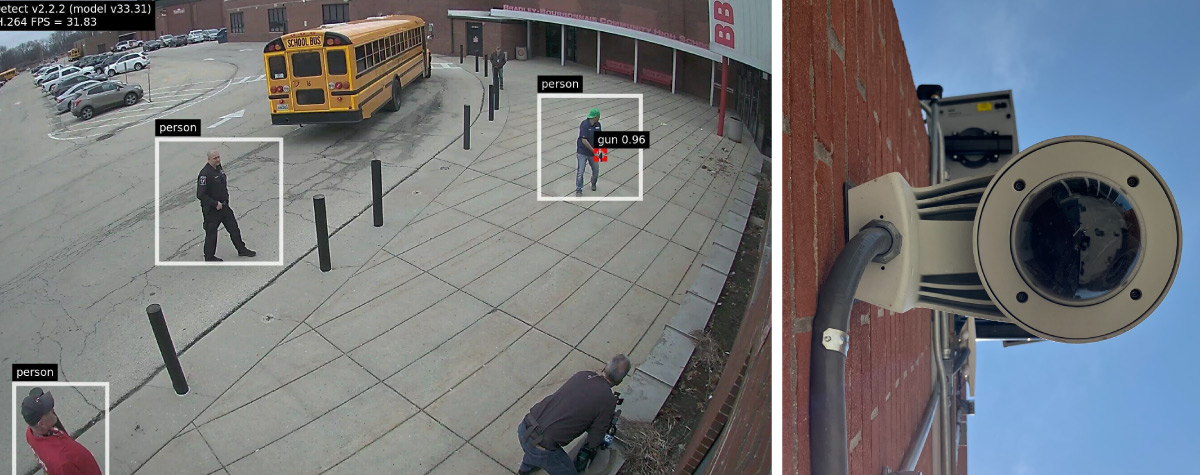
AI and smart detection systems can analyze the footage and alert security staff to any unusual or concerning activity, allowing officials to respond proactively instead of only using the footage reactively for investigations.
There is currently a major push to implement gun detection systems in schools, and new technologies can now alert school officials if someone is brandishing a gun on school grounds. These detection systems allow for rapid response to threats and, while not preventative, can serve as another line of defense in school safety protocols, Eaton said.
While technology like AI-enabled security cameras and gun detection provide responsive capabilities, San Antonio ISD is also looking to expand prevention efforts. Adequate school safety requires a multilayered approach, including both responsive tech-based systems and proactive programs that address root causes of violence and foster a positive school culture.
“This technology helps us get ahead of criminal activities or other safety issues,” he said.
“The World Has Changed”
All panelists emphasized engaging the community for holistic safety strategies. Bringing together stakeholders provides diverse insights to strengthen schools. As Eaton said, “The strength of our schools' safety lies not in the height of our fences, but in the depth of our relationships within the community.”
Gloria Barrera, Chief of Facilities & Operations at Waco ISD, had some passionate comments for the panel during a Q&A near the end of the session.
She asked, “Have any of you ever toured a modern jail facility?” McDonald said he had.
“Well, then, you’ve seen a very good layout of many of our schools. Is the idea that a teacher keeping a classroom door locked good for education? It’s not a good idea,” Barrera said. Teachers and students do better when they are free to collaborate and have autonomy of movement, she added.
“Schools are places of reading, writing, and arithmetic. That's what they were designed for. But the world has changed,” McDonald responded.
While there is no “one size fits all” approach to ensuring school safety, he added that districts coming together to share successes and failures helps lead to better outcomes in the future.
Posted by
Join us at the K12 Facilities Forum!
The community for district and facilities leaders
Nov 8-10, 2026 | San Antonio, TX



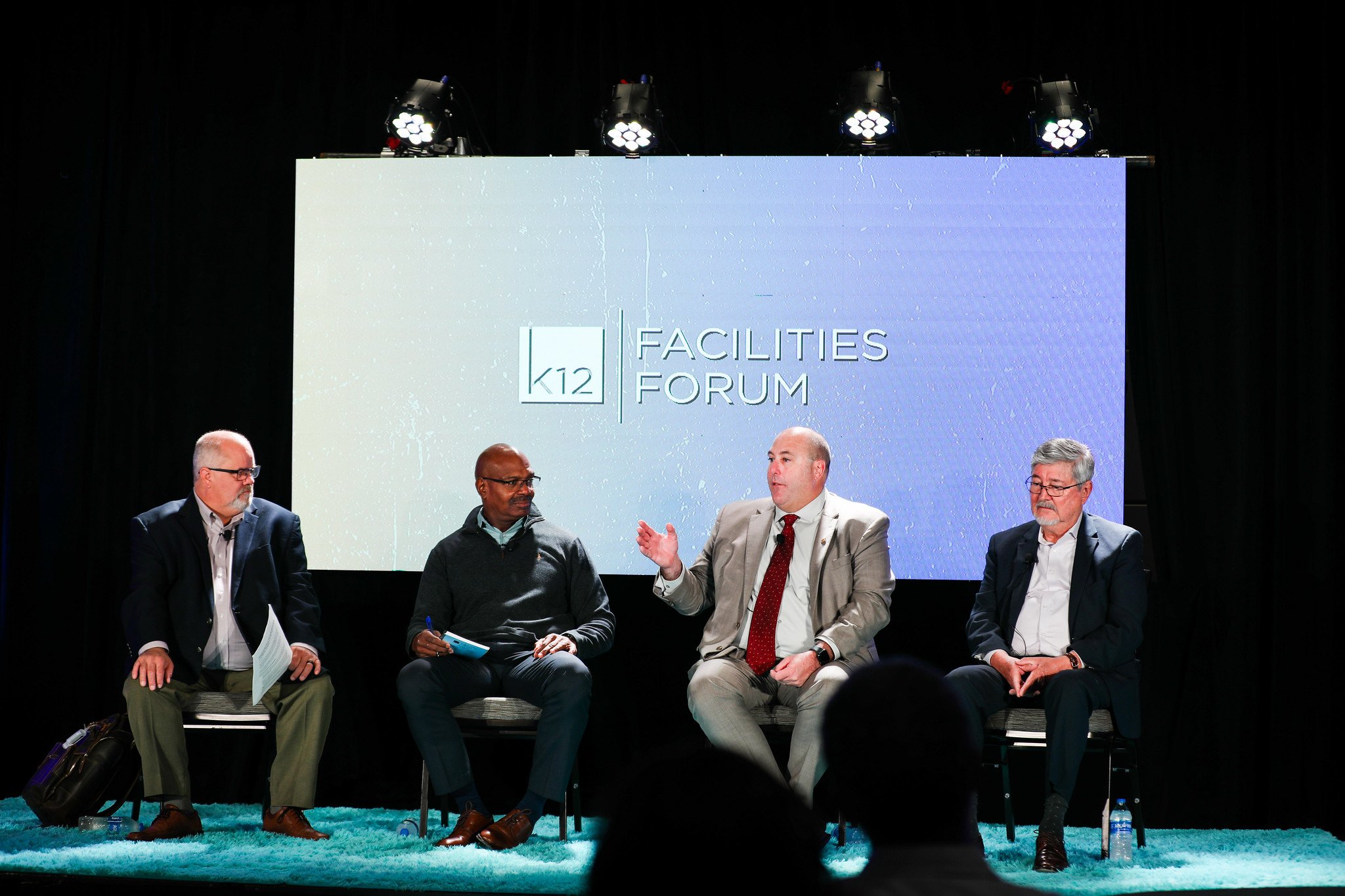

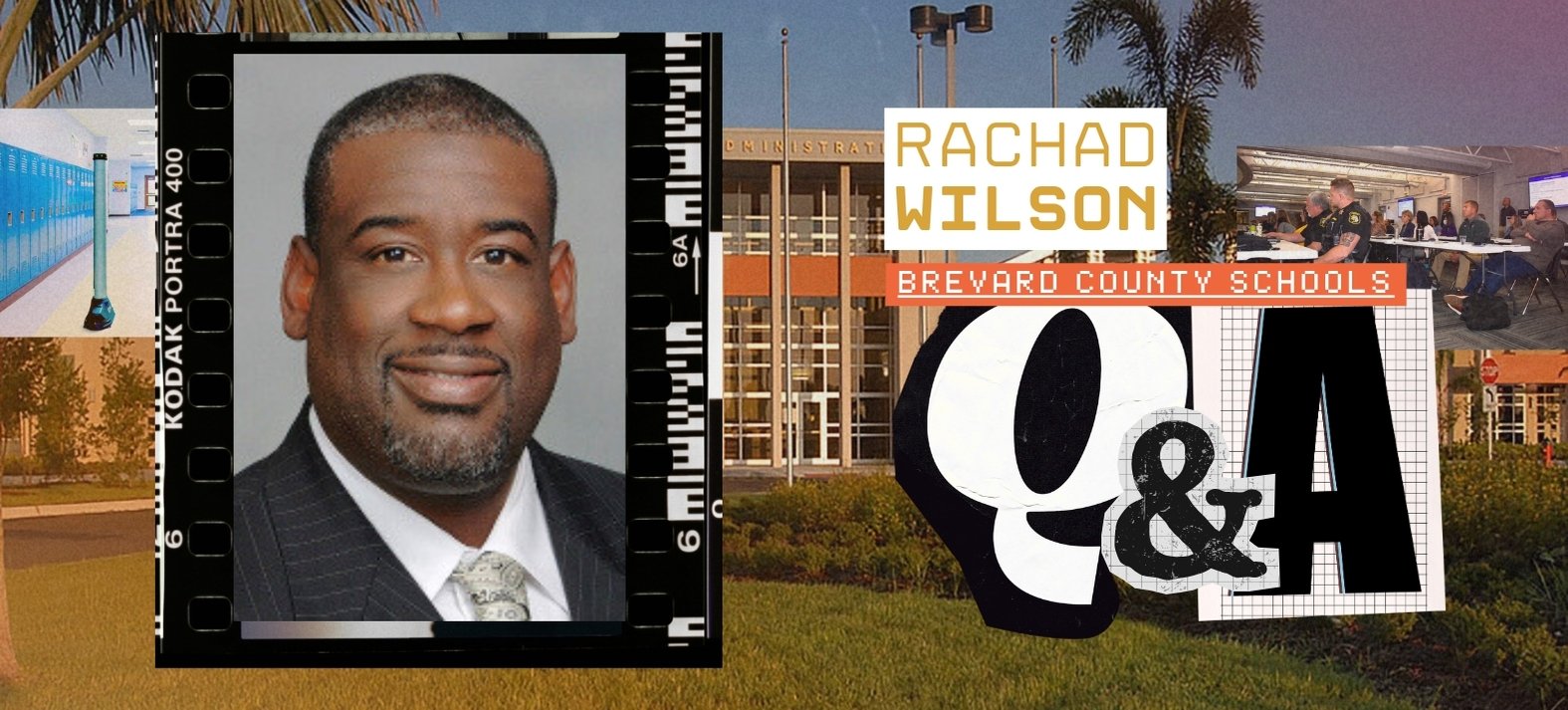
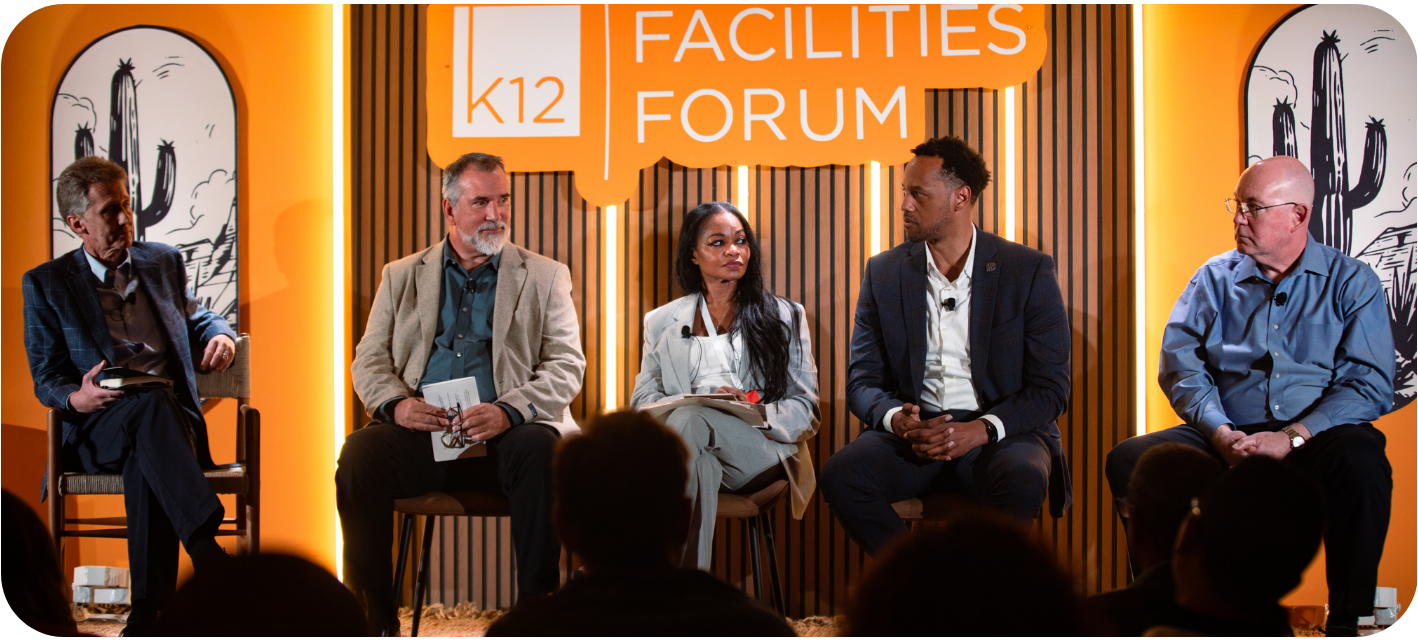

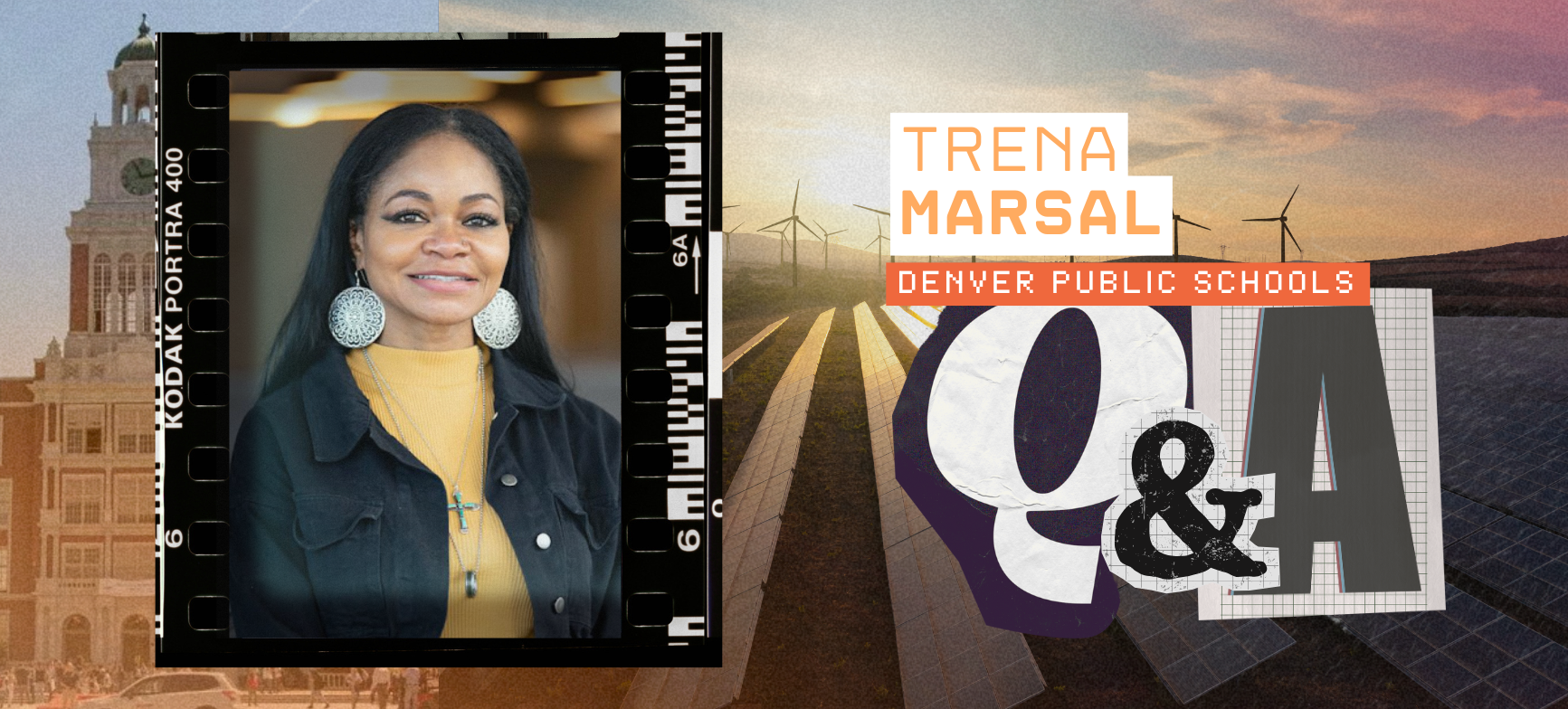
-3.png)

Comments